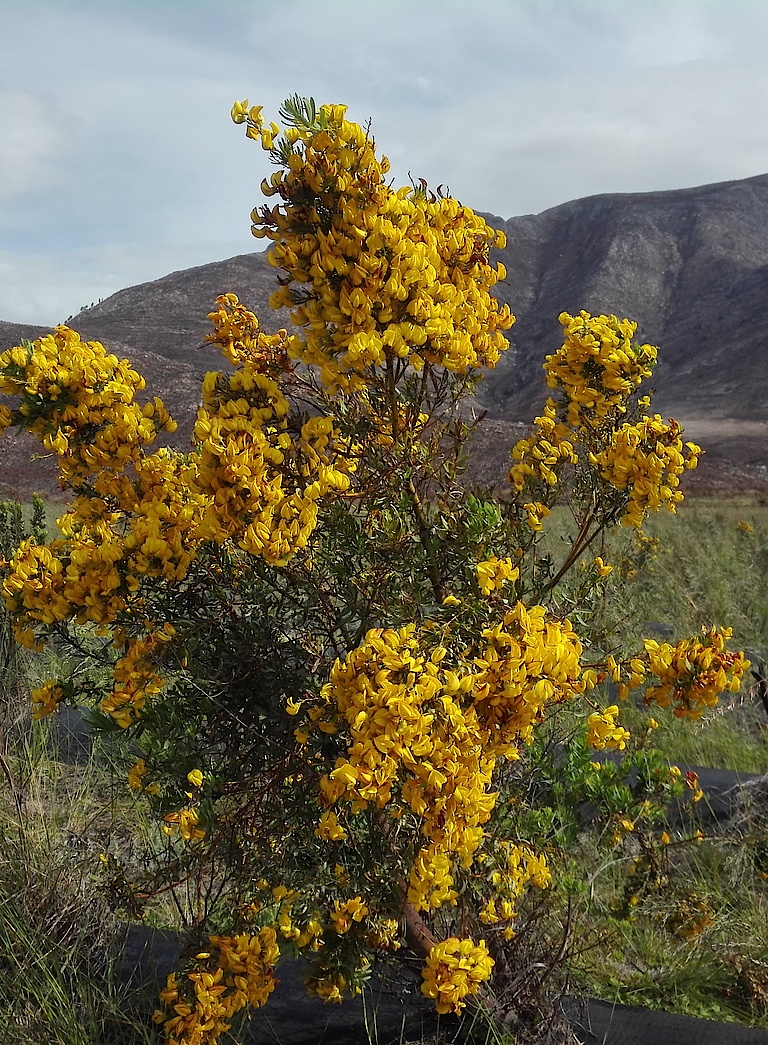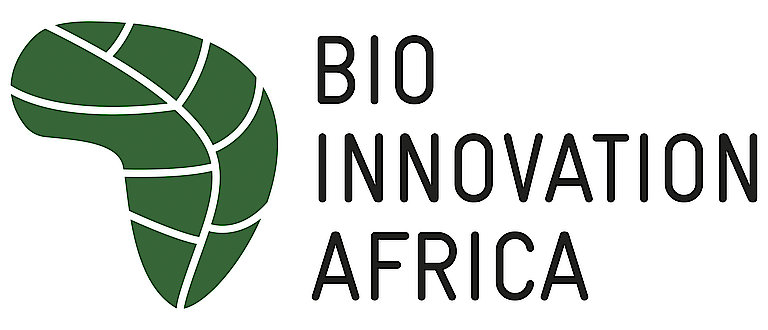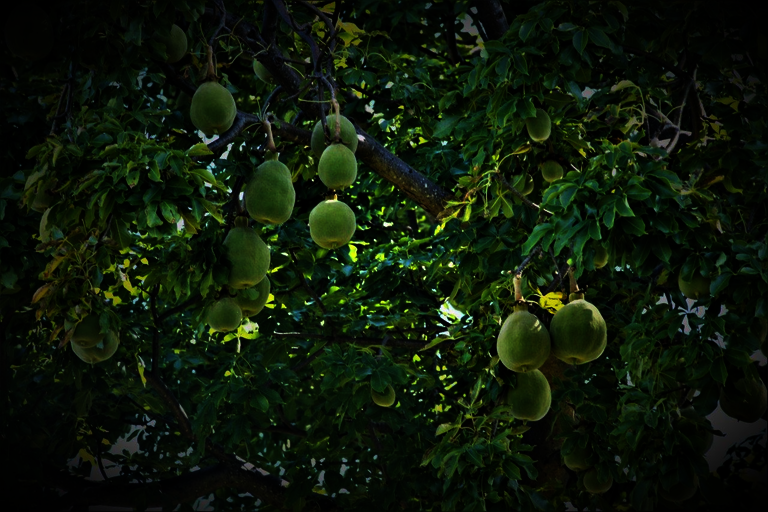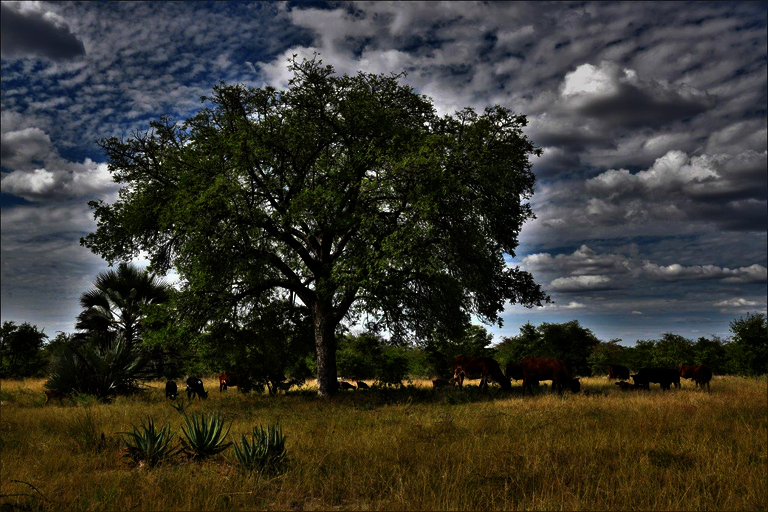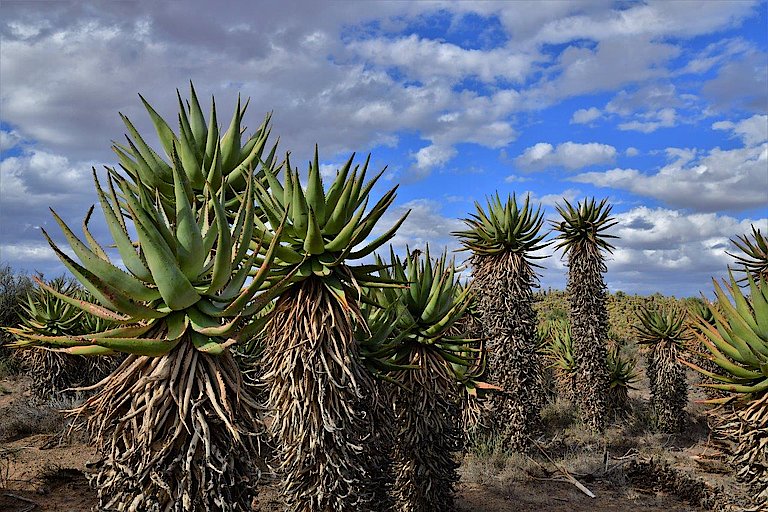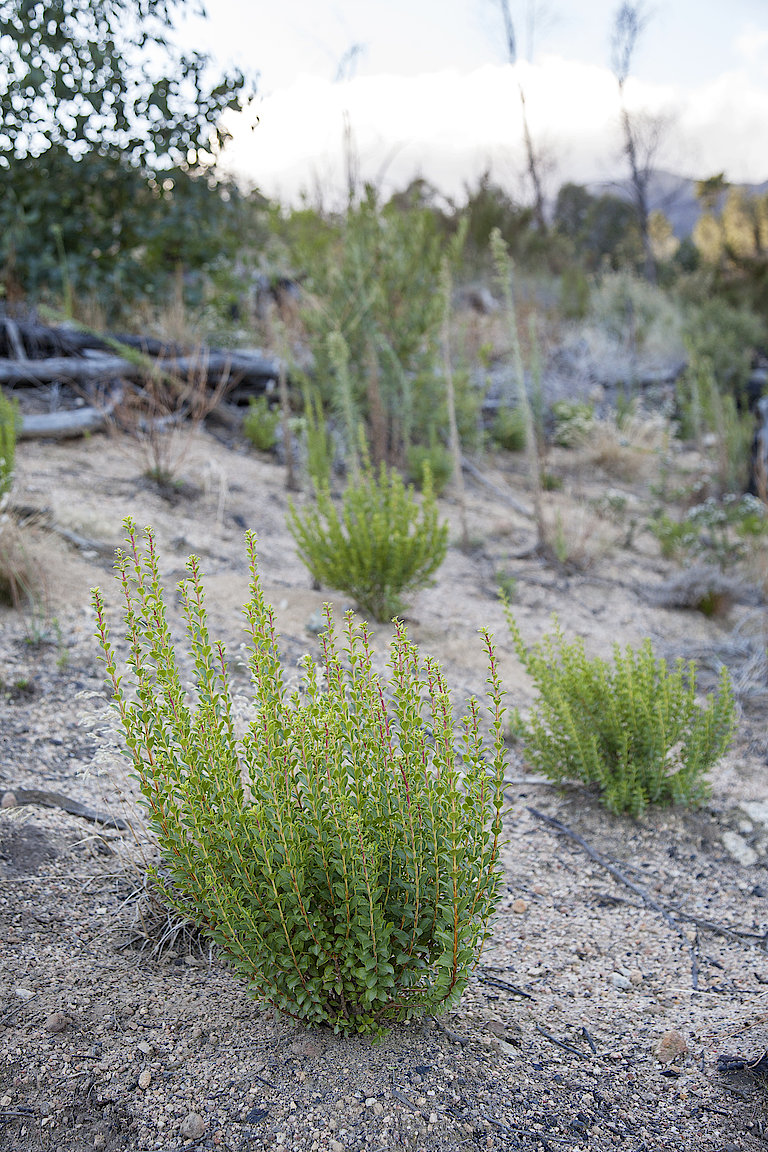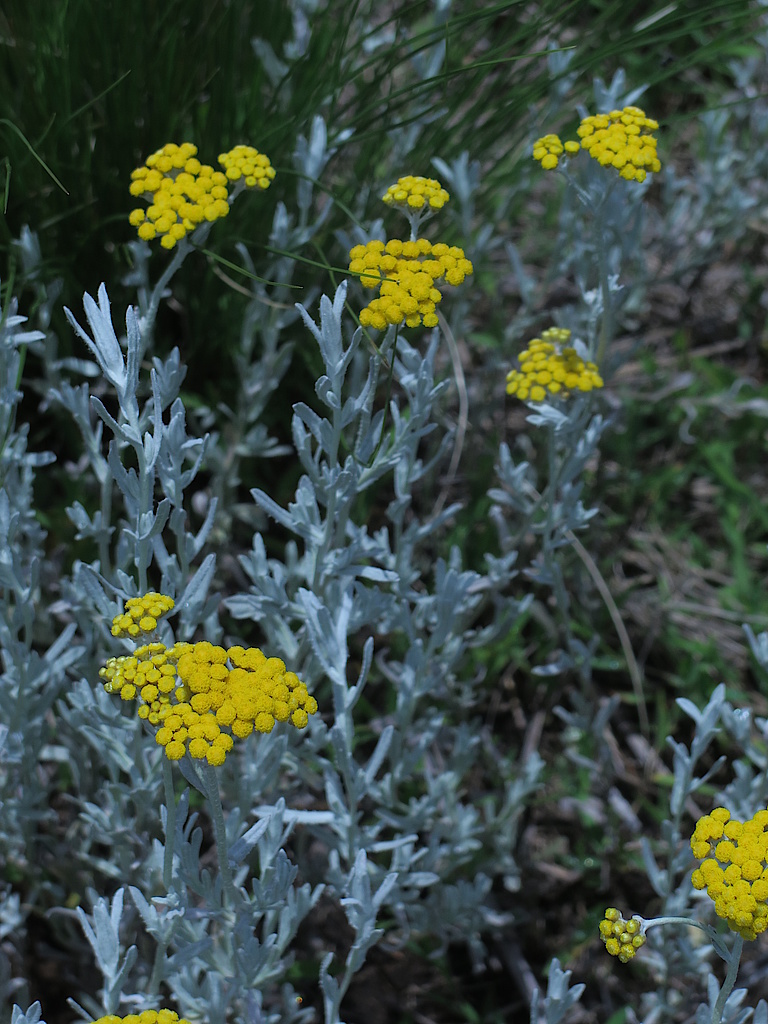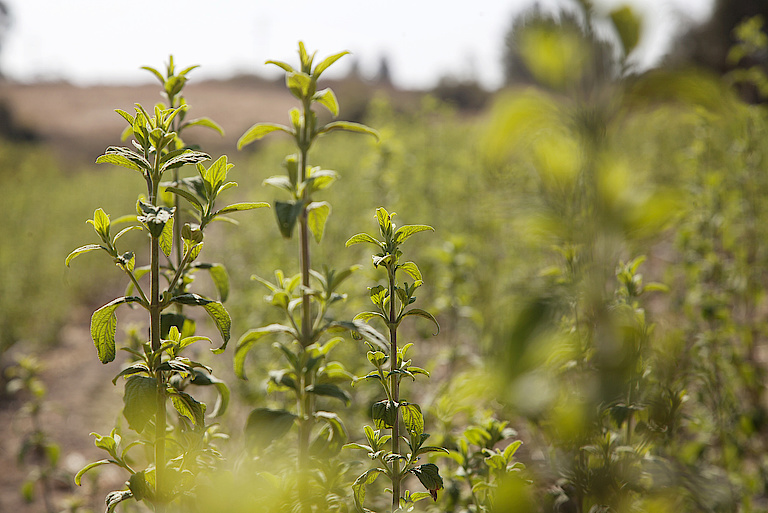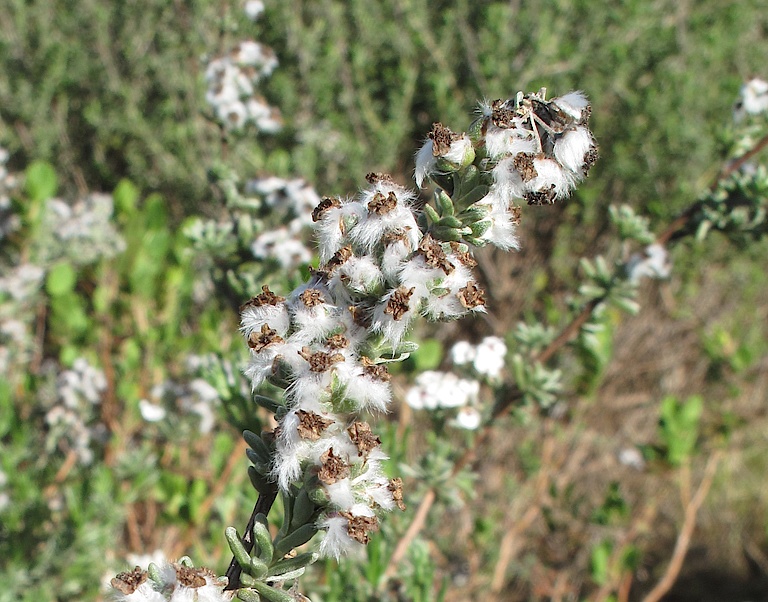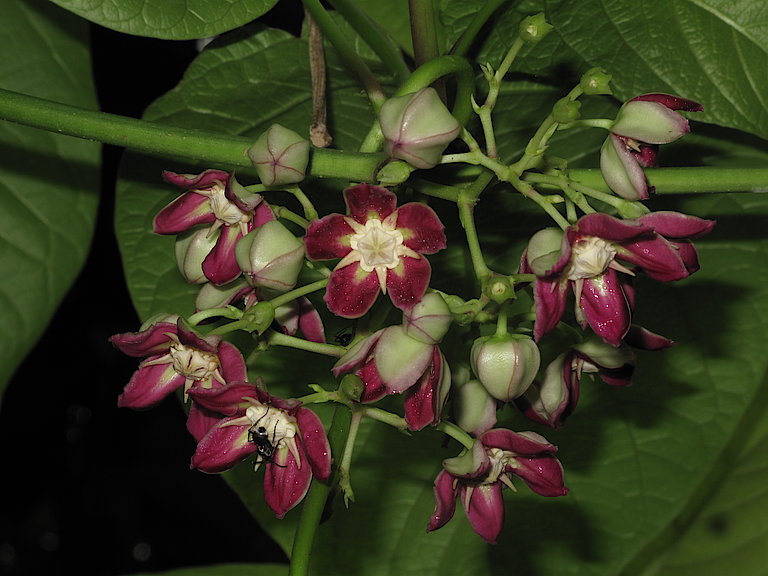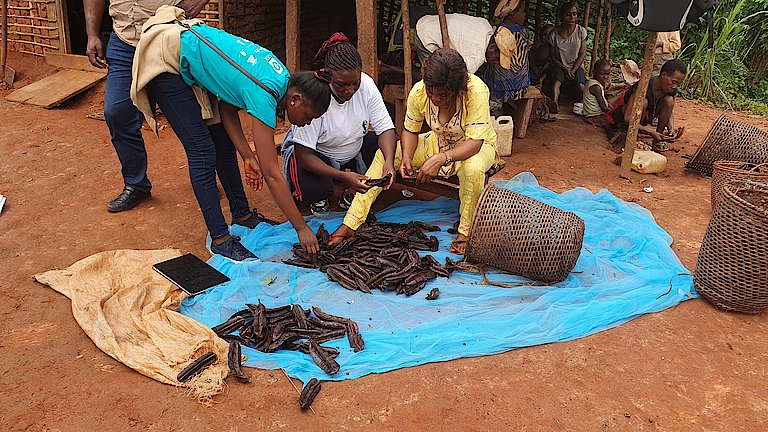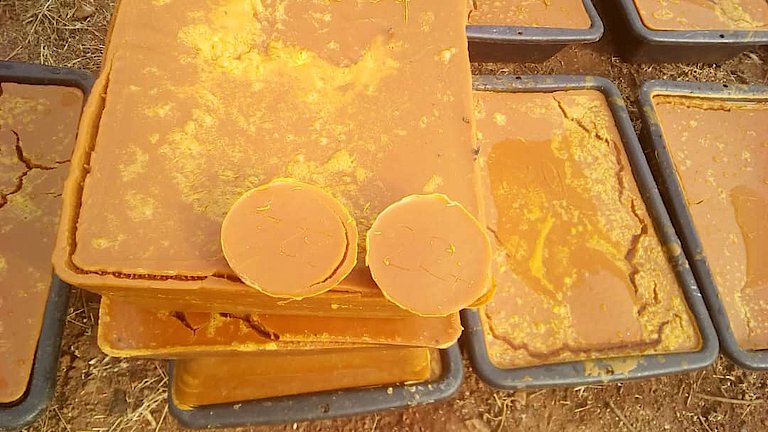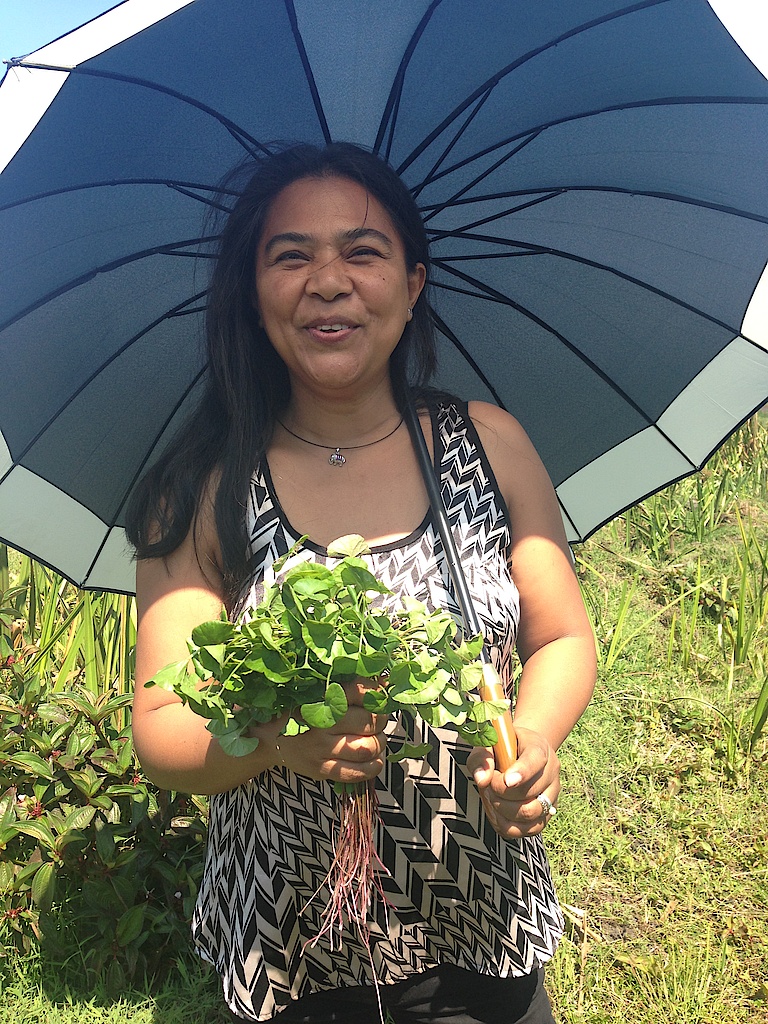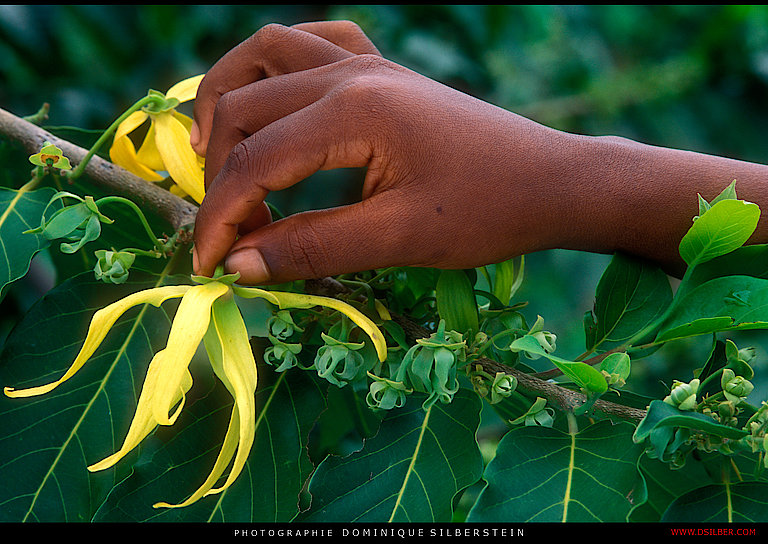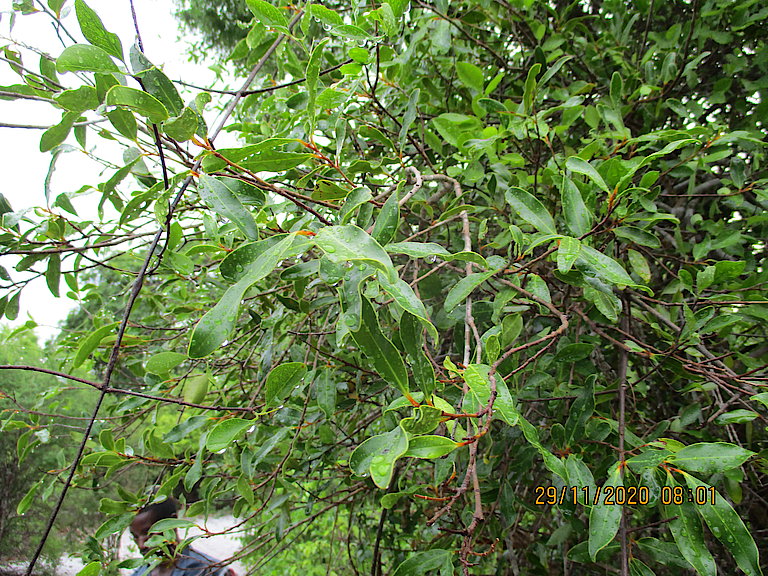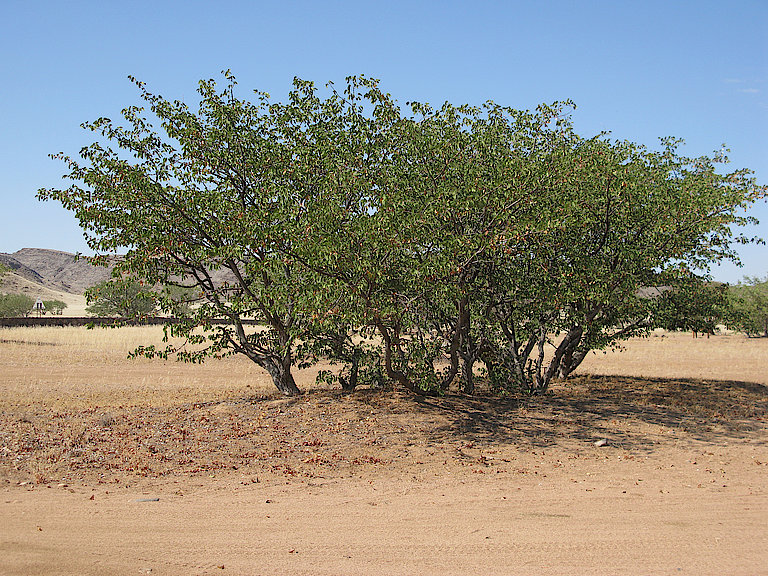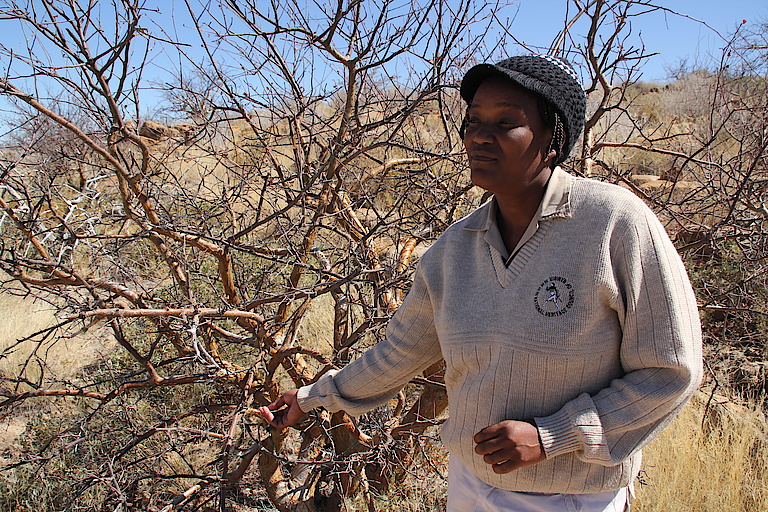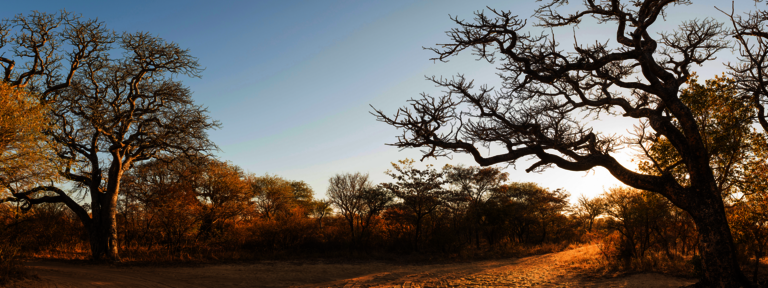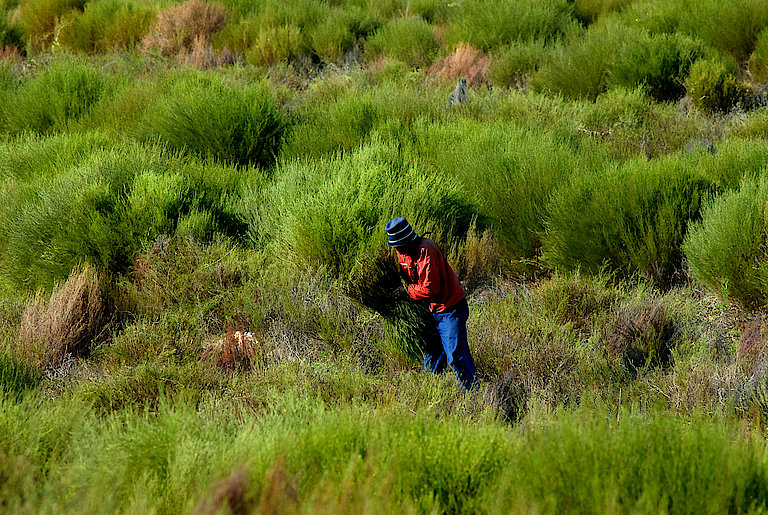Honeybush (Cyclopia species) grows in South Africa from Malmesbury to the Cape Peninsula and eastwards to Albertinia.
Some of the honeybush species are listed on TOPS and have different levels of concern relating to their survival. None of the honeybush species are listed on CITES or have NDFs. Threats include overharvesting, invasion by alien plants such as black wattle and pine, as well as genetic contamination that occurs when cultivated Honeybush from non-local seed grows close enough for wild plants to crossbreed.
A BMP was developed for the wild harvesting of Cyclopia intermedia and Cyclopia subternata. The BMP for the cultivated species is being developed by DFFE.
Sustainable use
Most of the annual crop comes from wild harvested Honeybush plants. Although there are 23 species of honeybush, only seven are used for tea production. Cyclopia intermedia forms 85% of the wild harvested crop with 10% deriving from Cyclopia subternata. It should be noted that Cyclopia plicata became endangered, which indicates poor resource management and harvesting practices, and that this species could soon become extinct. With increased demand for the crop and better rates per kilogram of wet tea, wild harvesting is an attractive source of income for landowners and harvesters.
The Honeybush Community of Practice (HCOP) developed guidelines for the sustainable harvesting of wild Honeybush in 2017 based on the lessons from unsustainable harvesting practices. These lessons include reference to species such as Cyclopia genistoides or kustee which is perceived as the original Honeybush, but the wild species have been depleted as a result of unsustainable harvesting practices. However, selections of Cyclopia genistoides have been selectively bred for cultivation and form the basis of some substantial cultivated stands.
RIGHT TO USE AND ACCESS TO RESOURCES
The production of Honeybush tea is relatively easier and less costly than many other biotrade species as it can be dried and packaged on a small scale. A major barrier to entry to the domestic and global market for new and existing actors is that consumers are not aware of the different taste profiles of Honeybush and easily confuse the tea with Rooibos. So far only three Honeybush producers have established export markets and manage their own supply chain in terms of suppliers, distributors or retail locations, with little opportunities for smaller players to enter the supply chain. Also, the supply chain actors involved with wild harvested Honeybush noted that quality and continuous supply remain a concern.
